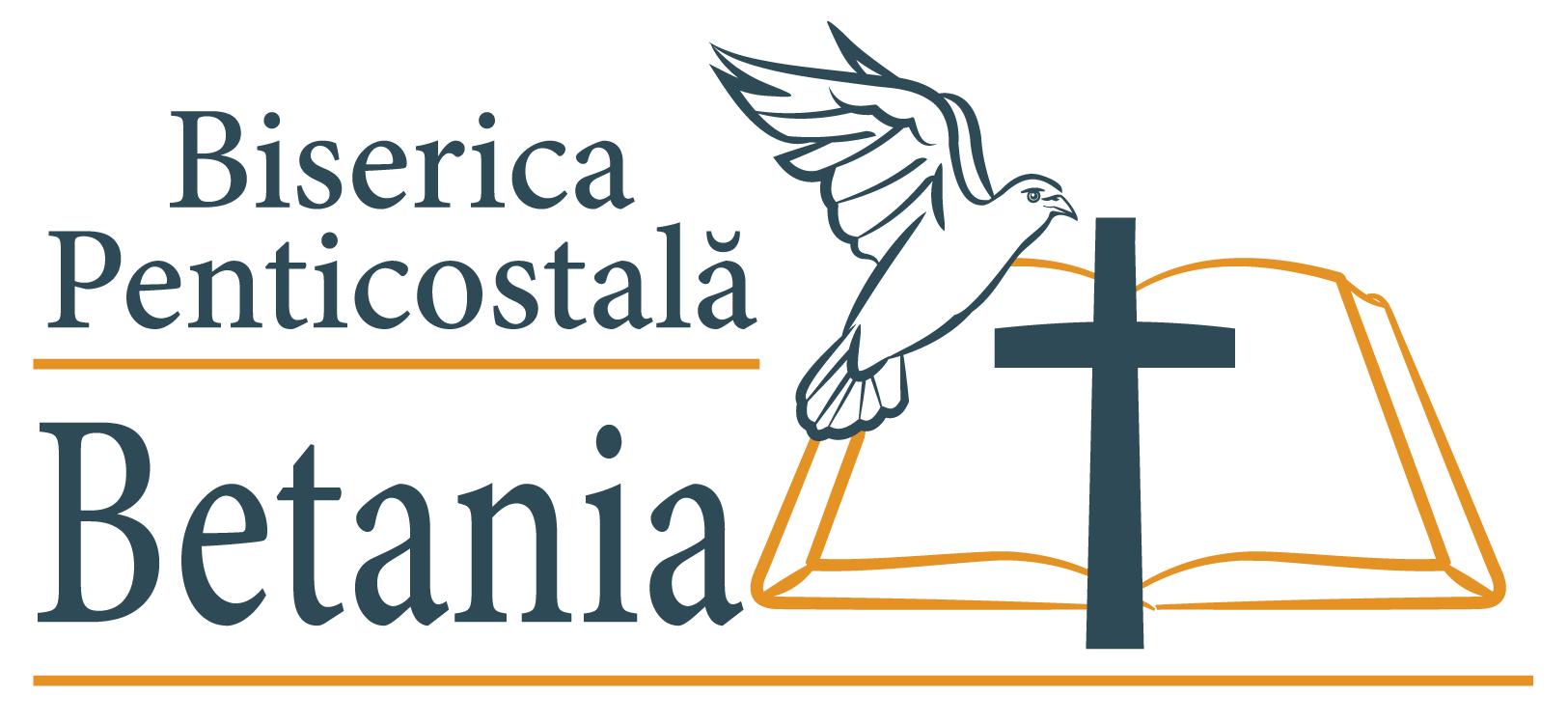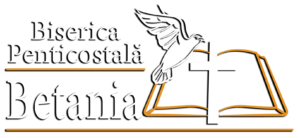20 martie
20 martie
Luni, 20 martie 2023, Exodul 26:1-26 – Cortul Întâlnirii și cele două perdele
În capătul curții exterioare era Cortul Întâlnirii, Locul Sfânt și Locul Preasfânt. Cele două camere erau despărțite de o perdea. Tuturor evreilor li se permitea să intre în curtea exterioară, însă numai preoții puteau intra în Locul Sfânt. Acesta conținea altarul tămâierii, sfeșnicul și masa cu pâinile pentru frângere. În Locul Preasfânt putea intra doar Marele Preot – o singură dată pe an, în ziua ispășirii, cu sângele de jertfă. Locul Preasfânt era asemenea unui cub cu o suprafață de 5 metri. Acolo era chivotul legământului.
Cortul Întâlnirii a fost confecționat de evrei sub Moise la porunca lui Dumnezeu în timpul exodului din Egipt. Acesta a fost un loc de închinare în toți anii călătoriei prin pustie, dar și după ce au intrat în Canaan. Cortul Întâlnirii avea aproximativ 15 metri lungime și 5 metri lățime. El era construit cu margini din lemn de salcâm poleite cu aur. Cortul era acoperit cu patru materiale: (1) o perdea țesută, (2) piele de capră, (3) piele de berbec și (4) piele de vițel de mare. Pereții, tavanul și spatele cortului erau formate din 10 covoare confecționate din in subțire și colorate în albastru, purpuriu și cărămiziu (v. 1-5). Apoi urmau 11 covoare din păr de capră (7-13). Deasupra erau așezate alte două covoare din piei de berbeci și de viței de mare (v. 14). Existau două perdele: una se afla la intrarea în cort, iar cealaltă despărțea Locul Sfânt de Locul Preasfânt (v. 31-37).
Toate aceste elemente care erau viu colorate aveau o puternică simbolistică spirituală. Spre exemplu, curtea interioară, Locul Sfânt și Locul Preasfânt sunt un simbol al Trinității divine și al trinității umane: duh, suflet și trup (1 Tesaloniceni 5:23). Apoi, Locul Sfânt avea forma unui cub, asemenea Noului Ierusalim (Apocalipsa 21:16).
Cortul Întâlnirii din Vechiul Testament a fost locul în care a locuit Dumnezeu în mijlocul poporului Israel. El a fost făcut după indicații date de Dumnezeu lui Moise. Dumnezeu S-a implicat în toate detaliile, iar Moise l-a construit după indicațiile primite. Moise a trăit în Egipt în primii săi 40 de ani de viață. Acolo a văzut clădiri impunătoare, însă Cortul Întâlnirii l-a făcut după indicațiile lui Domnului. Lucrurile lui Dumnezeu trebuie făcute după indicațiile lui Dumnezeu.
Vom mulțumi în această dimineață pentru revelația primită de la Dumnezeu în Biblie. El ne-a descoperit voia Sa! Apoi ne vom ruga lui Dumnezeu să ne dea puterea de a respecta ce ,,este scris”, indiferent de tendințele neomarxiste și postmoderniste din generația noastră.
Pastor Luigi Mițoi
Monday, March 20, 2023: Exodus 26:1-26 – The Tabernacle and the Two Curtains
At the end of the outer courtyard was the Tent of Meeting, the Holy Place, and the Most Holy Place (Holy of Holies). The two rooms were separated by a curtain. All Hebrews were allowed to enter the outer courtyard, but only priests could enter the Holy Place. It contained the altar of incense, the lampstand, and the table with the bread for the offering. Only the High Priest could enter the Most Holy Place – once a year, on the Day of Atonement, with the blood of sacrifice. The Most Holy Place was square-like, with an area of 5 meters. The Ark of the Covenant was in the Holy of Holies.
The Tent of Meeting was made by the Jews under Moses’ leadership, at God’s command during the exodus from Egypt. It was a place of worship throughout the years of travel through the wilderness, as well as after they entered Canaan. The Tent of Meeting was about 15 meters long and 5 meters wide. It was built with acacia wood edges covered with gold. The tent was covered with four materials: (1) woven cloth, (2) goat skin, (3) ram skin, and (4) dugong skin. The walls, ceiling, and back of the tent were made up of 10 curtains made of fine linen and colored in blue, purple, and scarlet (v. 1-5). Then there were 11 curtains made of goat hair (7-13). Two more curtains of ram and dugong skins were placed on top (v. 14). There were two large main curtains hung with gold hooks: one was at the entrance to the tent, and the other separated the Holy Place from the Most Holy Place (v. 31-37).
All these vividly colored elements had a strong spiritual symbolism. For example, the inner courtyard, the Holy Place, and the Most Holy Place are a symbol of the divine Trinity and the human trinity: spirit, soul, and body (1 Thessalonians 5:23). Then, the Holy Place was shaped like a square, like the New Jerusalem (Revelation 21:16).
The Tent of Meeting in the Old Testament was the place where God lived among the people of Israel. It was made according to God’s instructions to Moses. God was involved in all the details, and Moses built it according to the instructions he was given. Moses lived in Egypt for the first 40 years of his life. There he saw impressive buildings, but he made the Tent of Meeting according to the Lord’s instructions. God’s things must be done according to God’s instructions.
We will thank God this morning for the revelation received from Him in the Bible. He has revealed His will to us! Then we will pray to God to give us the strength to respect what “is written,” regardless of the neo-Marxist and postmodern tendencies in our generation.

